Documentation Hub
Comprehensive technical manuals and guides to help you master HARSLE machines and optimize your metalworking efficiency
Why Understanding Tube Bender Lifespan is Crucial for Buyers?
When it comes to investing in tube bending equipment, understanding Tube Bender Lifespan is one of the most important factors in making a smart purchasing decision. The lifespan of a tube bender directly impacts your long-term production costs, return on investment, and overall manufacturing efficiency. In this article, I’ll explain what affects the lifespan of tube benders, how to evaluate it before purchasing, and how regular maintenance can extend the service life of your machine. Whether you’re upgrading an existing system or buying your first machine, this guide will help you choose wisely and protect your investment.
What Determines Tube Bender Lifespan?
The Tube Bender Lifespan depends on several factors including build quality, usage conditions, and maintenance practices. Understanding these variables can help you predict how long your machine will perform reliably.
1. Machine Build Quality and Materials
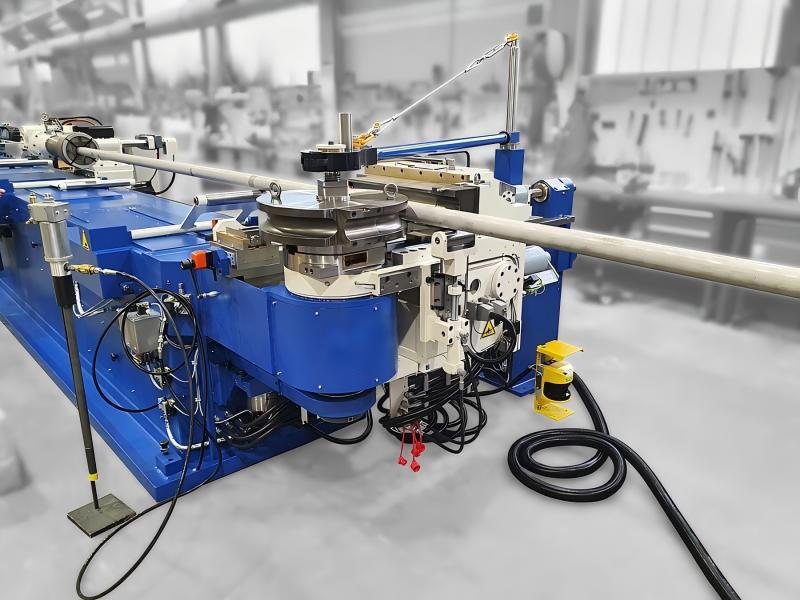
High-quality materials and precision manufacturing are the foundation of a long-lasting tube bender. Machines with heavy-duty frames, hardened tooling, and reliable hydraulic or servo systems tend to have a longer operational life. When evaluating a new machine, look for features like heat-treated components, rigid body structures, and advanced control systems that reduce wear over time.
2. Frequency of Use and Workload
The more intensively a tube bender is used, the faster its components wear out. A machine operating 16 hours a day in a mass-production setting will naturally have a shorter service interval than one used occasionally for small batches. To maintain consistent performance, match the machine’s rated capacity and duty cycle with your production needs. Overloading or using the wrong tooling can drastically reduce the tube bender lifespan.
3. Operator Skill and Setup Accuracy
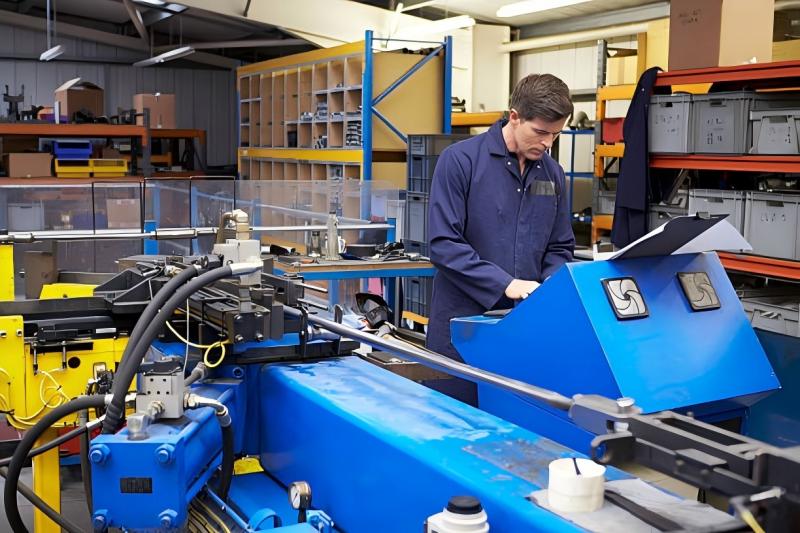
Improper operation is one of the most common causes of premature wear. Skilled operators understand how to adjust bending parameters, align materials, and monitor pressure levels correctly. Training your staff to follow standard setup and operation procedures ensures smooth performance and reduces unnecessary strain on mechanical parts.
4. Environmental Conditions
Environmental factors such as humidity, dust, and temperature changes can affect electrical and mechanical systems. Keeping your machine in a clean, climate-controlled environment prevents rust, electrical failures, and lubricant degradation. Installing proper ventilation and maintaining stable power supply also contribute to longer equipment life.
How to Extend the Lifespan of Your Tube Bender
Even the most durable machine requires consistent care. Implementing a proactive maintenance schedule can significantly increase your tube bender lifespan.
Routine Inspections
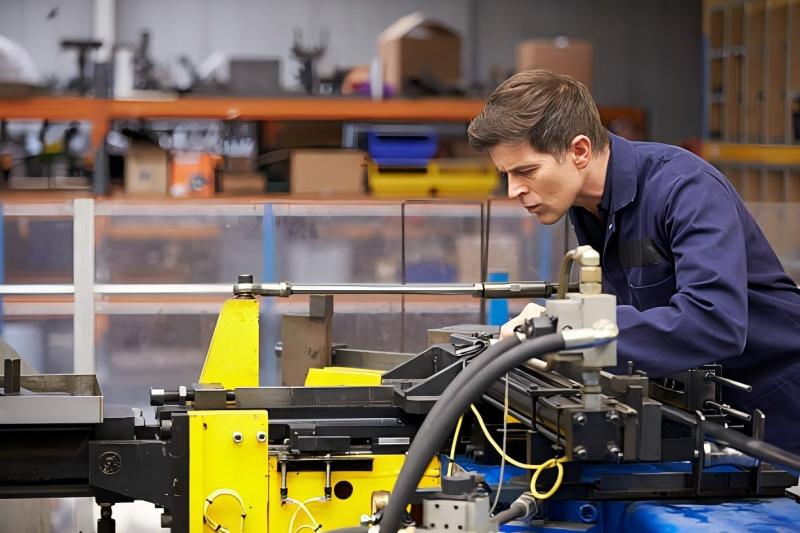
Perform daily visual checks on hoses, connectors, and electrical cables. Look for oil leaks, abnormal sounds, or changes in bending accuracy. Early detection of small issues prevents costly breakdowns later.
Lubrication and Cleaning
Proper lubrication reduces friction between moving parts. Clean your machine regularly to remove metal dust and debris that can accumulate inside the bending area or hydraulic components. Always use manufacturer-recommended lubricants.
Preventive Maintenance Schedule
Follow a preventive maintenance plan based on machine hours. Replace worn parts such as bearings, seals, and hydraulic fluids at recommended intervals. Keep a maintenance log to track service dates and component replacements — this record helps predict future maintenance needs and ensures consistent reliability.
Software and Control Updates
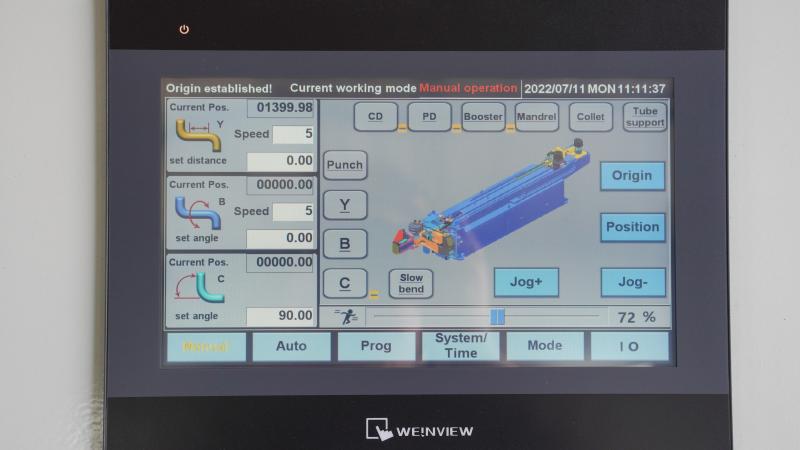
Modern CNC tube benders rely heavily on control software. Regularly updating firmware and optimizing bending programs can prevent operational errors and improve efficiency. Outdated software may cause calibration issues or increased wear due to inefficient bending paths.
Evaluating Tube Bender Lifespan Before Purchase
When buying a new tube bender, don’t just focus on price or tonnage — longevity should be part of your decision criteria.
Check the Manufacturer’s Reputation
Choose a manufacturer known for engineering quality and long-term customer support. Brands that provide clear warranty terms, technical assistance, and spare parts availability generally offer machines with better long-term value.
Compare Warranty and Service Support
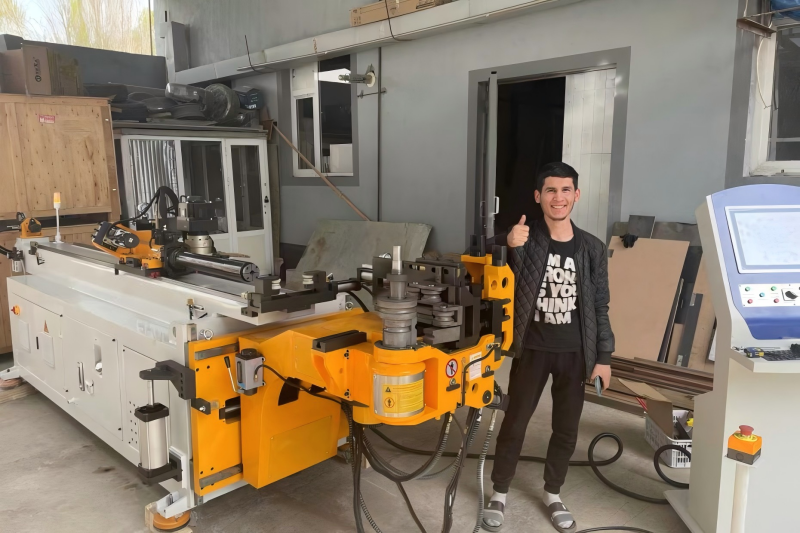
A longer warranty often reflects confidence in product durability. Evaluate whether the supplier offers after-sales services, remote diagnostics, or on-site maintenance, as these factors directly affect how well you can maintain your equipment over its lifespan.
Consider Total Cost of Ownership (TCO)
A cheaper machine with a short lifespan can cost more over time than a higher-quality one that lasts twice as long. Calculate not just the purchase cost but also maintenance, downtime, and replacement expenses over five to ten years.
FAQs
How long does a tube bender typically last?
The average tube bender lifespan ranges from 8 to 15 years, depending on machine type, usage intensity, and maintenance quality. CNC models with servo drives and proper care can often exceed 15 years of service.
What maintenance schedule should I follow to extend my tube bender’s life?
Perform daily cleaning, weekly inspections, and a comprehensive check every 500 to 1,000 operating hours. Replace worn components proactively rather than waiting for failure.
Does using thicker tubes reduce machine lifespan?
Yes. Constantly operating near the machine’s maximum bending capacity accelerates wear on tooling and hydraulic systems. Always select a machine that comfortably exceeds your heaviest workload.
How can I tell if my tube bender needs replacement?
Frequent breakdowns, reduced bending accuracy, or outdated control systems are signs that your machine may be reaching the end of its lifespan. Replacing it with a newer, more efficient model can save maintenance costs and improve productivity.
Conclusion
Understanding and managing Tube Bender Lifespan is key to making a wise investment that supports long-term productivity and cost efficiency. By choosing a high-quality machine, maintaining it properly, and training operators to use it correctly, you can significantly extend its useful life. At HARSLE, we design every tube bender to deliver durability, precision, and consistent performance for years of reliable service.
If you’re planning to upgrade or purchase a new tube bender, feel free to contact our team for expert advice and tailored solutions to fit your production needs.













